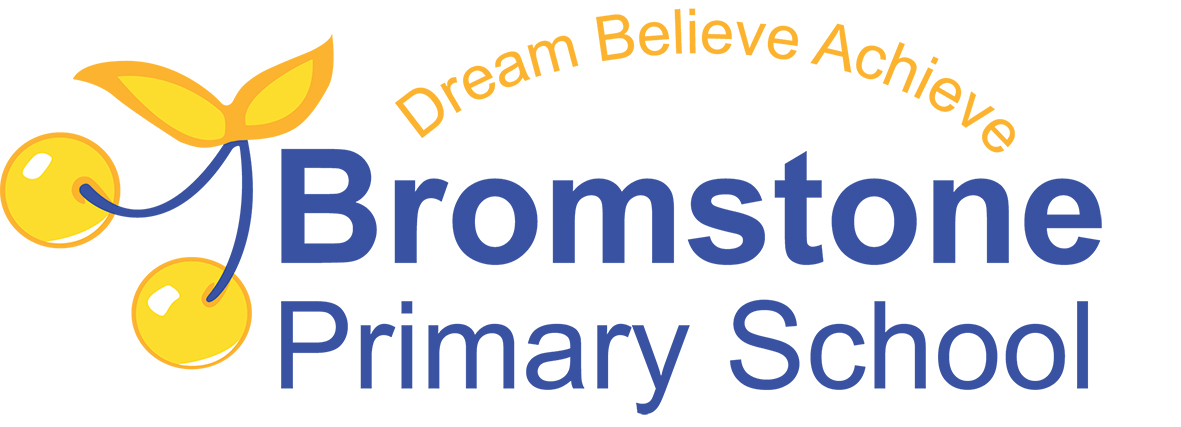
Bromstone Primary School
Writing
The Write Stuff
As a school we have adopted “The Write Stuff” by Jane Constantine to bring clarity to the mechanics of writing. This approach is being followed from Year 1 through to Year 6. It allows children to apply basic skills, vocabulary and grammar knowledge to write effective sentences, which are full of impact and keep the reader interested. They should be able to see that every sentence they have worked hard to shape has value and a well-earned place in the final piece.
‘The Write Stuff’ follows a method called ‘Sentence Stacking’ which refers to the fact that sentences are stacked together and organised to engage children with short, intensive moments of learning that they can then immediately apply to their own writing. This approach has a heavy focus on writing at a sentence level, with attention being paid to intent and impact on the reader, but also the importance of language acquisition.
In The Write Stuff approach to writing, the children explore high level, rich vocabulary and are taught grammar in context through different writing lenses on the Writing Rainbow. There are three lenses used to support children with their writing:
- The FANTASTICs which are an acronym that summarise the ideas of writing
- The GRAMMARISTIC is a classroom tool that enables the teacher to drive key grammar messages.
- The BOMBASTICs which helps children capture 10 ways of adding drama and poetic devices to writing in a vivid visual
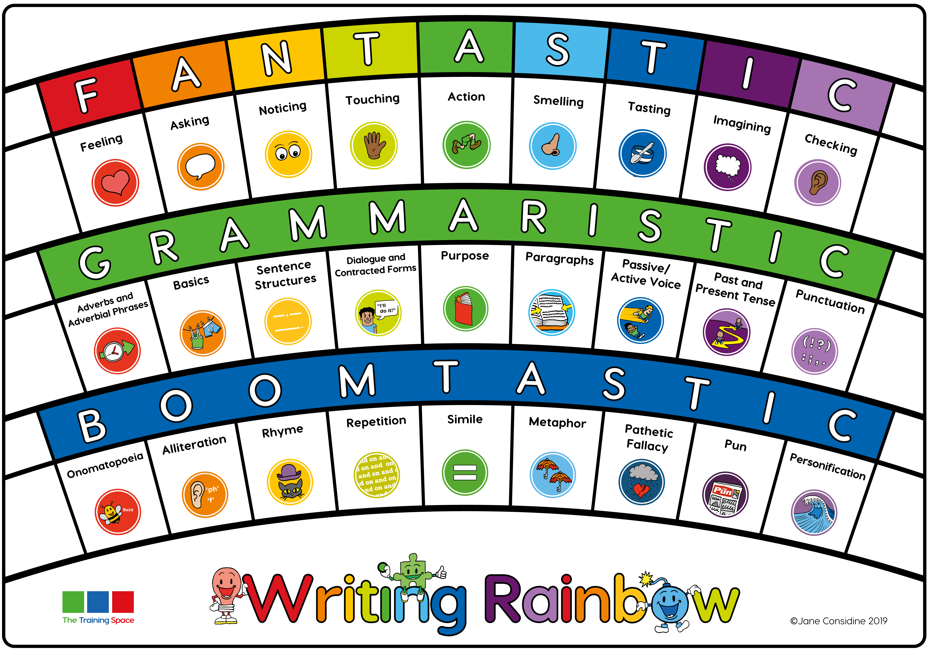
Within a sentence stacking lesson, modelling is at the heart and writing is broken into bite-sized chunks and taught under the structural framework of The Writing Rainbow. Teachers prepare children for writing by modelling the ideas, grammar or techniques of writing. There are 3 learning chunks within a lesson, each chunk involving collecting words, phrases or ideas on their Thinking Page to then use in their sentence on their Writing Page. The model acts as a support hook for the weakest writers, whilst the highest-attaining writers can write to the brief yet still showcase their full competencies.
Once children have experienced these sentence stacking lessons, and created a piece of writing together, they then complete an Independent Writing task where they are encouraged to use the skills they have learnt. This is where they will work through different stages of writing, taking it from an idea, to a piece of writing. In KS2, this writing is then published with their edits included, so that they can take pride in what they have produced.
Year 6 Writing
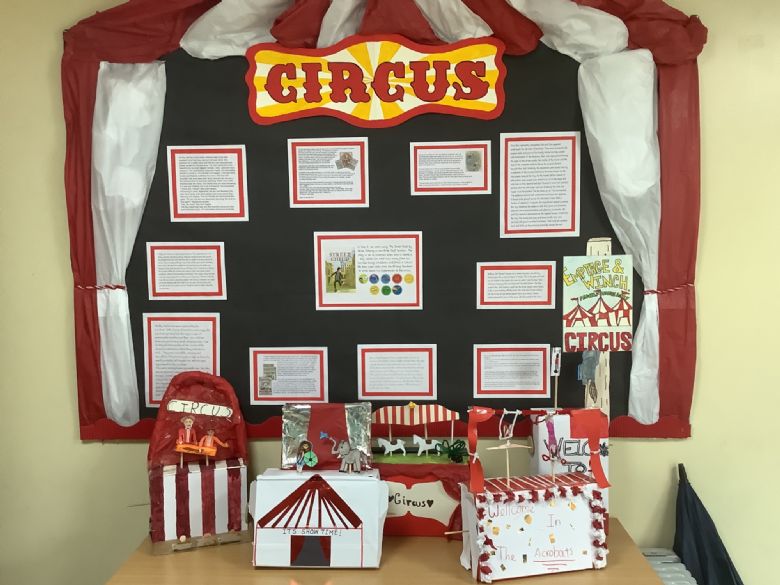
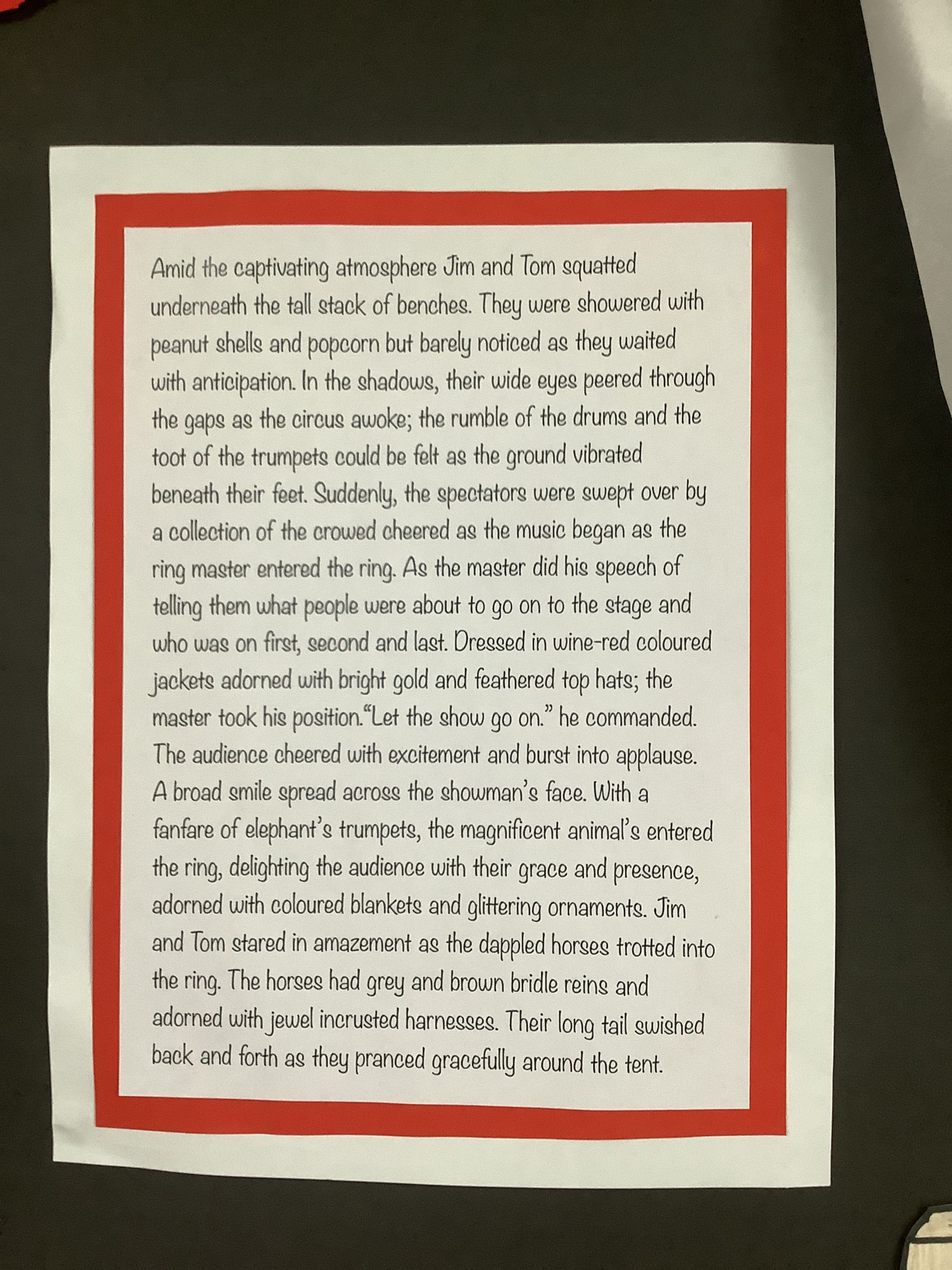
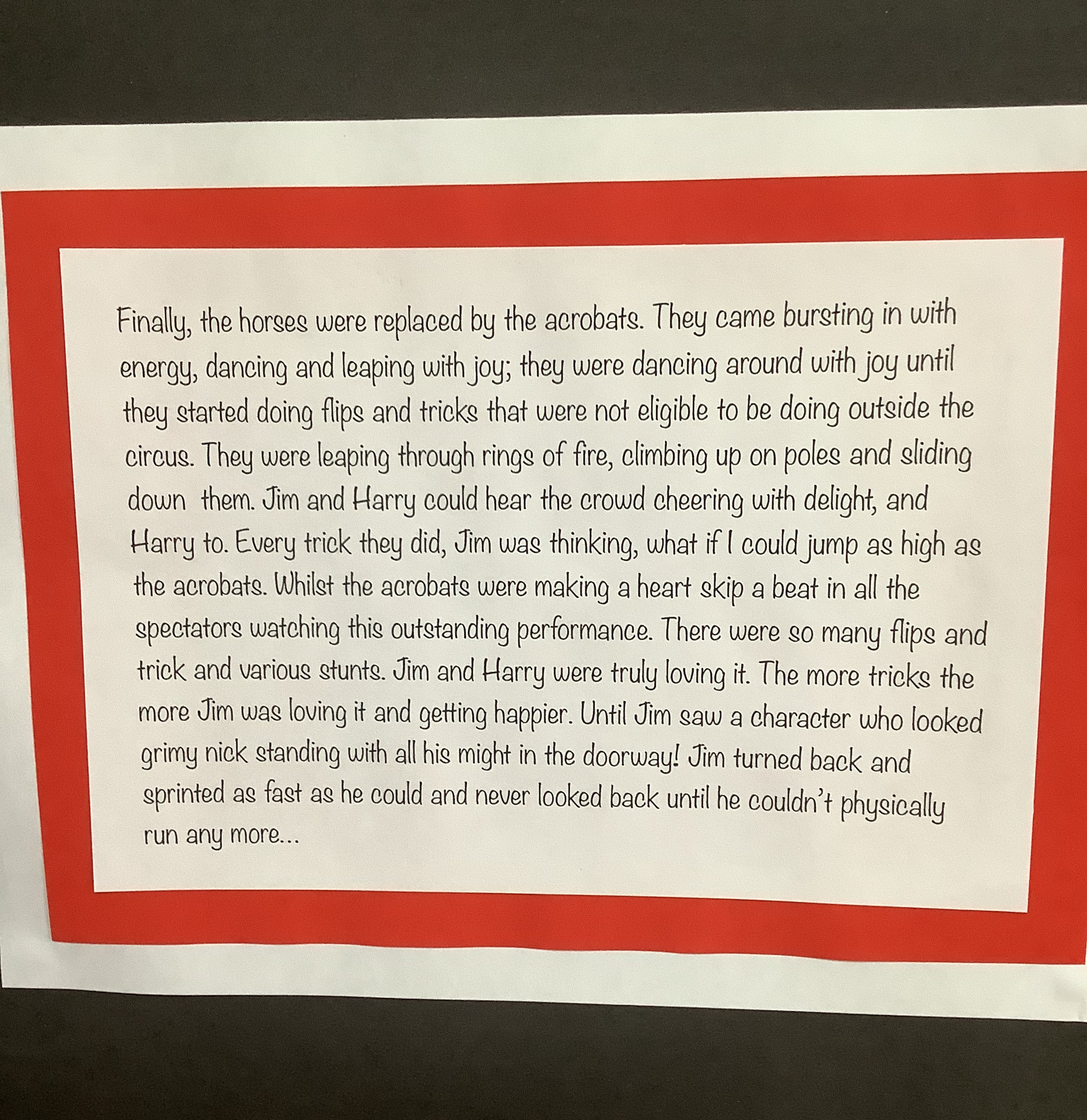
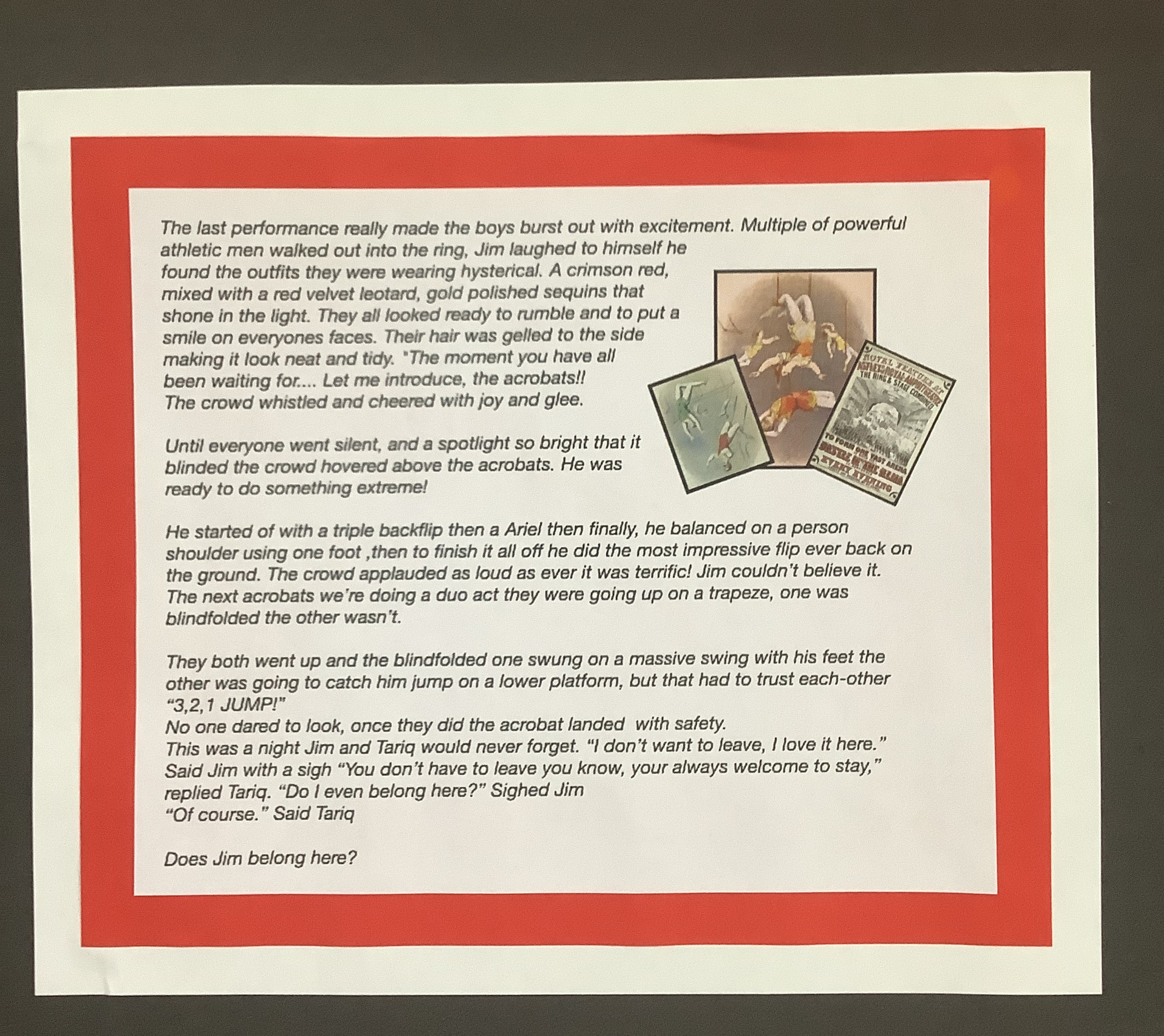
Spellings
From Year 3, children will begin to move away from phase 6 phonics and begin to learn spelling rules. This is done in class throughout the week, where children are taught to identify the patterns and rules of various spelling families.
Spelling lists will be sent home to learn where possible. Below is a document showing various strategies of learning the spellings that we use in school that could be used at home as well.
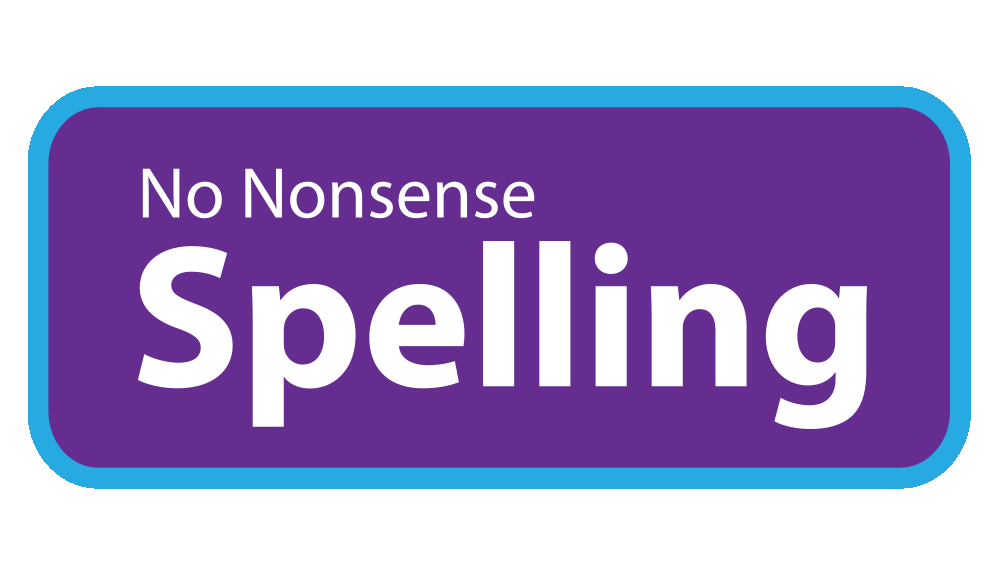
Handwriting
For Handwriting, we are now using Letter Join. Correct letter form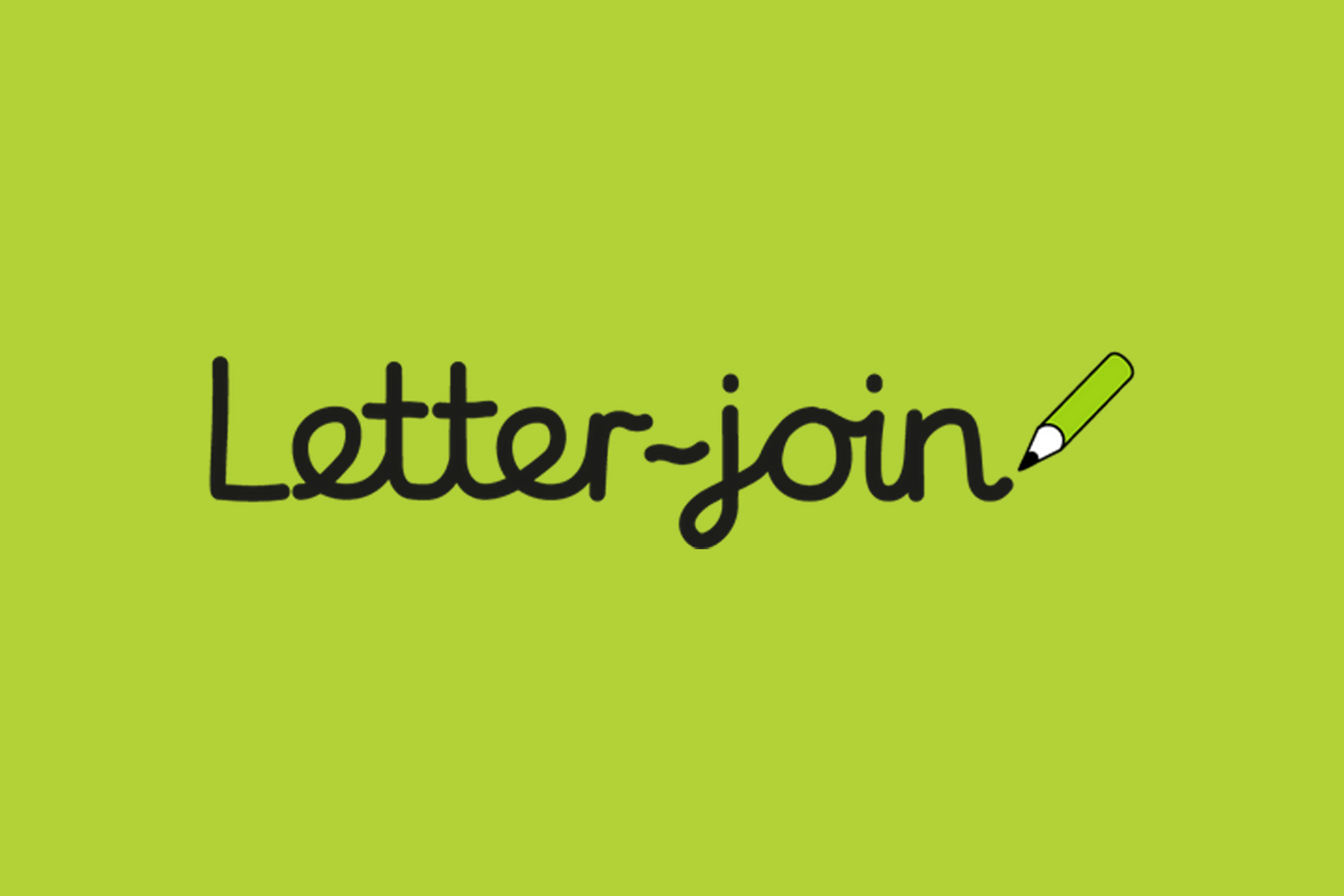 ation is taught and practised in EYFS along with patterns. Year 1 and 2 continue to print letters until they are ready to begin writing in the cursive style towards the end of Year 2. Handwriting is taught through Letter Join throughout the school, with the use of Little Wandle letter formation rhymes to support EYFS and KS1.
ation is taught and practised in EYFS along with patterns. Year 1 and 2 continue to print letters until they are ready to begin writing in the cursive style towards the end of Year 2. Handwriting is taught through Letter Join throughout the school, with the use of Little Wandle letter formation rhymes to support EYFS and KS1.
You can find examples of this below.